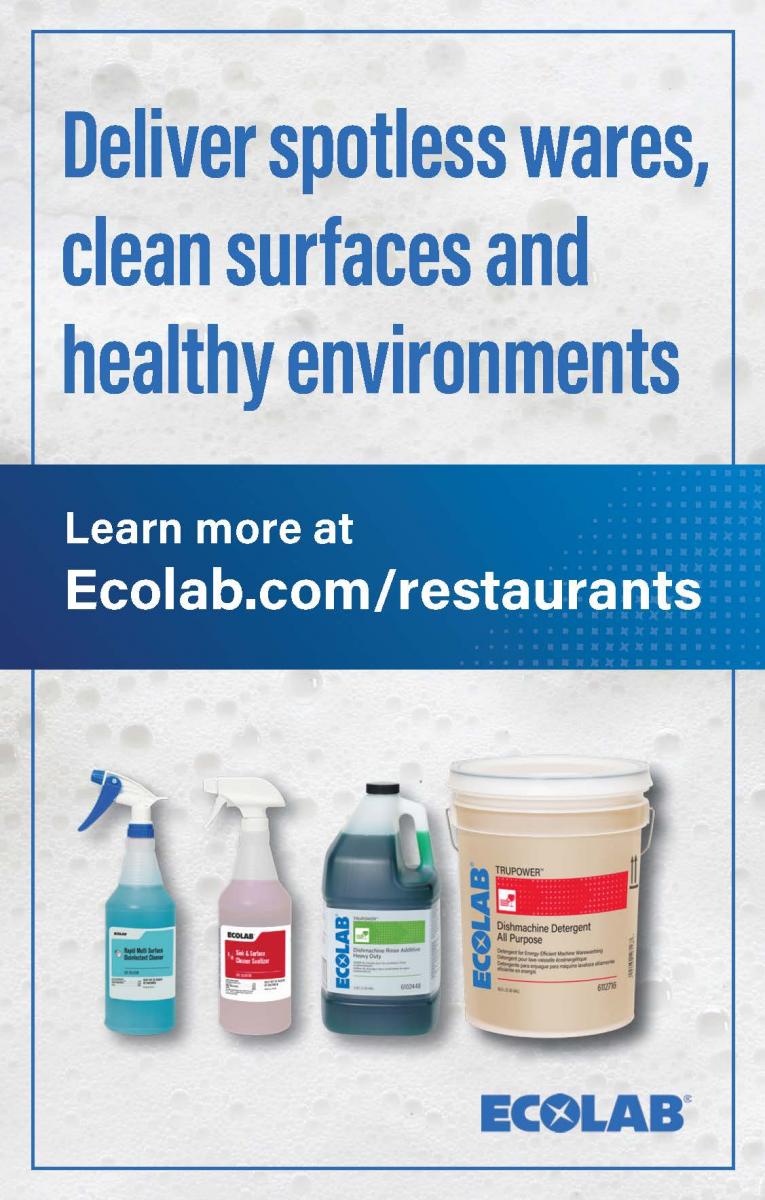Statement on Mayor's Support to Repeal Initiative 82
Immigration Resources ServSafe Training The RAMMYS
Join RAMW
RAMW membership provides DC Area restaurateurs and allied businesses legislative and regulatory representation, important resources for your business, and industry-specific communications, programming, marketing support, and events.

Advocacy
Advocacy
RAMW stands as the premier voice for Greater Washington's vibrant foodservice industry, representing over 1,500 members including restaurant owners, operators, food distributors, and service providers. Since our founding in 1920, we've evolved into an indispensable advocate, resource hub, and community cornerstone for the region's restaurant industry.

Programs
Programs
RAMW programming celebrates the diverse culinary landscape of our region. Our programming, such as Metropolitan Washington Restaurant Week, The RAMMYS Awards Gala, DC Cocktail Week, and Spring Wine Fling, highlight the exceptional talent and creativity of local restaurants.

Training
Training
RAMW is your comprehensive training resource, from industry-required certifications to industry-specific workshops. Our training programs empower your employees to work safely, protect your assets, and optimize your business operations.











